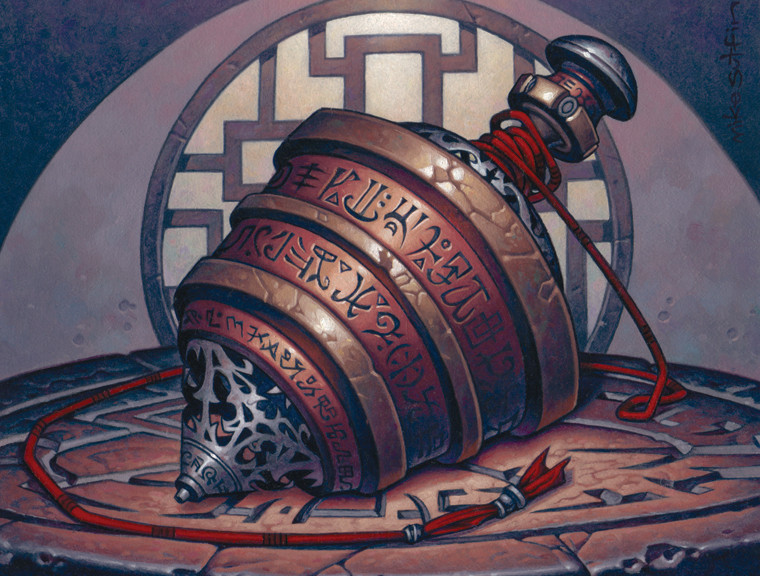Okay, I’m going to be real with you right now. Yes, you. I have been staring at a blank document screen for way too long. I kept trying to think of the best way to start this article off, because I’m really excited about getting to the actual meaty content of it—the part with actual substance—but I could not get more than one sentence in without deleting it all and starting from scratch. I considered doing some sort of flowery prose about how Fall brings the changing of leaves, weather, all that fartsy Robert Frost crap, but the idea made me sick. I didn’t want to get too jokesy with it either, because even though I’m going to be relating a very relevant topic to something some of you may know nothing about, I don’t want you to get the impression that it isn’t worth reading. So instead I’m busting down the fourth-wall and telling you what’s up, “High Fidelity” style, and damn the consequences. Today we are going to be talking about fundamentals of card evaluation (teaching someone how to fish1), and it’s going to be framed with the other big talent evaluation that is happening right now, fantasy football. Even if you don’t like football, it’s worth reading since I won’t get too off-topic. And I promise right now that this won’t be anything like my Fate Reforged set review. I promise to never do that again. Finally- moving on!
So, very quickly, for those of you who don’t know what fantasy football is (I think they call the fútbol version “League Manager” or something?): it is a means of predicting individual player performance over the course of a season. You select players, and everyone in your “league” of eight or more participants drafts players that they expect to have quality seasons relative to when they were taken in the draft. It takes American Football, the most kick-ass, high-octane, freedom-lovingest sport in the world, and makes it even better. I love it.
The rest of this content is only visible to ProTrader members.

ProTrader: Magic doesn’t have to be expensive.



